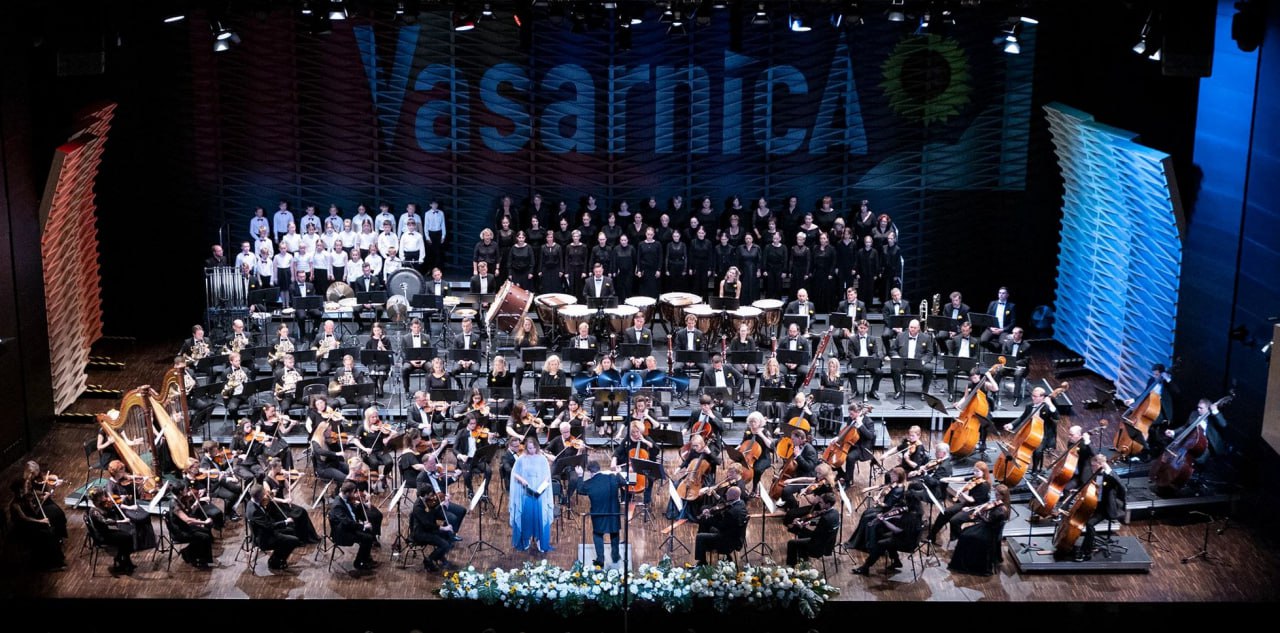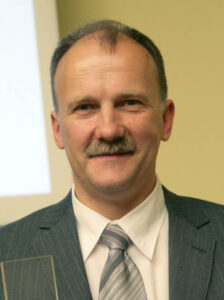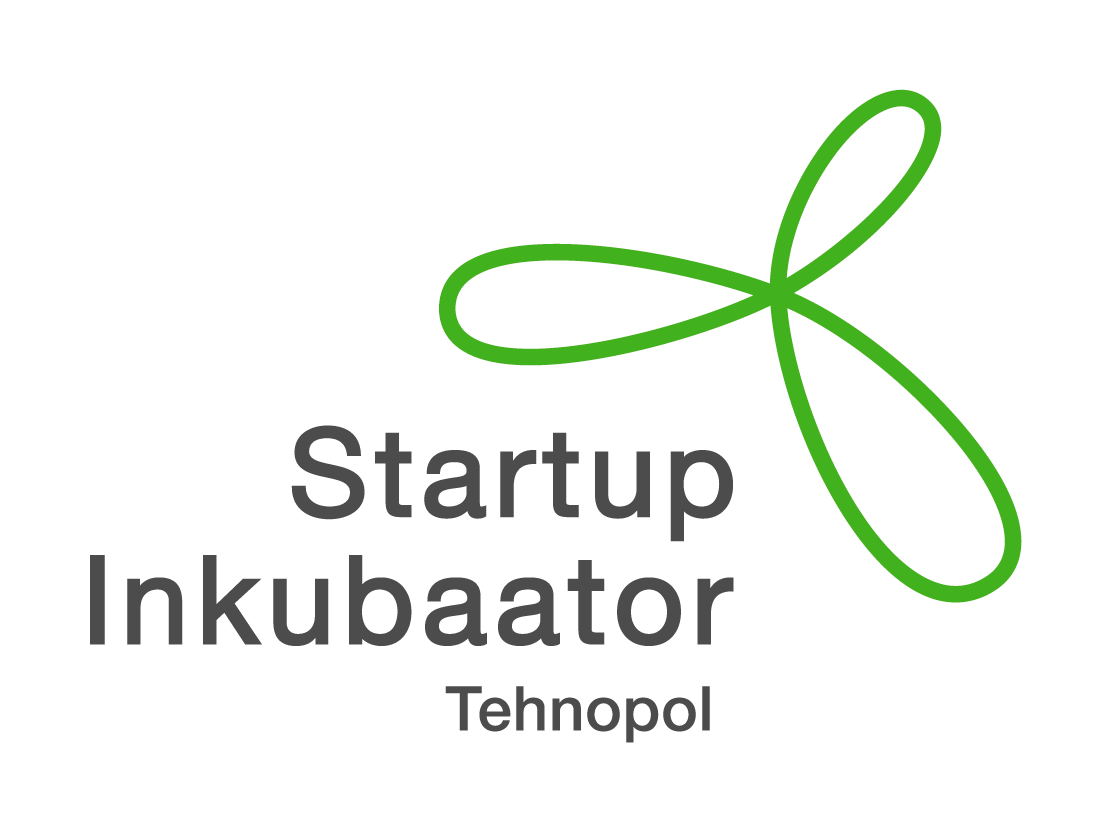Unique microphone solves audio recording challenges: Startup in Film and Multimedia Accelerator aims for international success

Raimonds Skuruls, a sound technician and engineer from Latvia, is participating in the Tehnopol’s Film and Multimedia Accelerator with his startup Acoustic Power Lab. He has invented a one-of-a-kind microphone with no analogues, is ready to recruit marketing specialists to his team, and is preparing to enter major international markets.

Raimonds has years of experience as a sound director both in concert halls and studios, along with a background in developing and assembling the necessary equipment for such work, and in tools for measuring and tuning speakers in both settings.
“When a sound technician works with a microphone, they must make a real effort to achieve a perfect recording. What do they always try to do? Place the microphone as close to the performer as possible. And when we try to do that, we see how a studio recording, for instance of a large symphony orchestra, fills up with countless microphones and stands. It’s like a forest of microphones,” Raimonds explained.
Achieving high-quality results requires a great deal of experience and qualifications, and even then, he says, success is not guaranteed. “It’s a completely different experience when we listen to such an orchestra with our own ears — say, from the front row. We enjoy the depth of the performance and the nuances of sound. But as soon as we place a microphone in that same spot, record it, and then listen back, we realize the recording is unusable — the sound quality is just too poor,” he described the problem many sound engineers face.
According to Raimonds, the challenge of achieving high-quality sound becomes even more pressing when a concert also needs to be filmed. In such cases, the visual director suffers too — obstructed by the “forest” of microphones.
Having clearly identified the problem, Raimonds invented a microphone that turned out to be a real breakthrough. “This microphone has an unusually sharp focus, which defines its features and technical parameters. At the same time, modern signal processing methods allow us to remove the sound issues caused by its physical structure and produce a very natural, high-quality audio. It captures the full sound of the orchestra while maintaining a natural balance, and the result is very close to what we hear with our own ears,” Raimonds explained.
He didn’t just invent and assemble the microphone — he also tested the product and sold his first batch to a rather demanding customer who ended up satisfied.
“The Latvian National Symphony Orchestra agreed to let me record a live concert with my device. The concert featured Gustav Mahler’s Third Symphony, and despite all sorts of technical challenges, the entire 90-minute performance was recorded with such quality that, as a sound engineer, I wasn’t ashamed to listen to it,” Raimonds said. The reaction to the recording was so strong that the listener was left literally speechless.
Since there is no equivalent product on the market, Raimonds decided to launch his project as a startup. So far, there has been no public advertising or active sales. “I’ve been showcasing it in a closed setting to acquaintances, friends, and potential clients. But participating in Tehnopol’s accelerator helped me realize it’s time to move forward.”
Raimonds emphasizes that the goal is to enter major international markets right away — there’s no plan to start locally, such as with the Estonian market. That’s why he’s looking for a specialist with expertise in business development, sales, marketing, and the startup ecosystem. Ideally, this person would also understand the audio industry, its functions, and market dynamics. Raimonds already has connections with potential early buyers; he met one of them — a European producer — while testing his microphone in more demanding conditions.
“After recording with the Latvian orchestra, I started talking to radio and television, saying: ‘I have this microphone, we can give it a try.’ Then came the moment when a radio station recorded a Latvian National Symphony Orchestra concert together with television. It was a trial. I set up my microphones alongside the ones used by TV and radio. I saw how the producer struggled to hide the stands — it’s vital to get the perfect picture, not just great audio. I arranged my setup so it was completely invisible and didn’t interfere with anyone — not the cameras, nor the orchestra,” Raimonds recalled.
When the trial was over, the producer came to him and said they were interested in the microphone.
What does Raimonds gain from participating in Tehnopol’s Film and Multimedia Accelerator? “Contacts, constant interaction with the right people. That’s extremely valuable. I’ve immersed myself in the industry and realized that, for investors, it’s still a bit ‘green’ — the product needs refinement, and everything must be approached strategically. But it’s time to bring the product to market,” Raimonds concluded.


